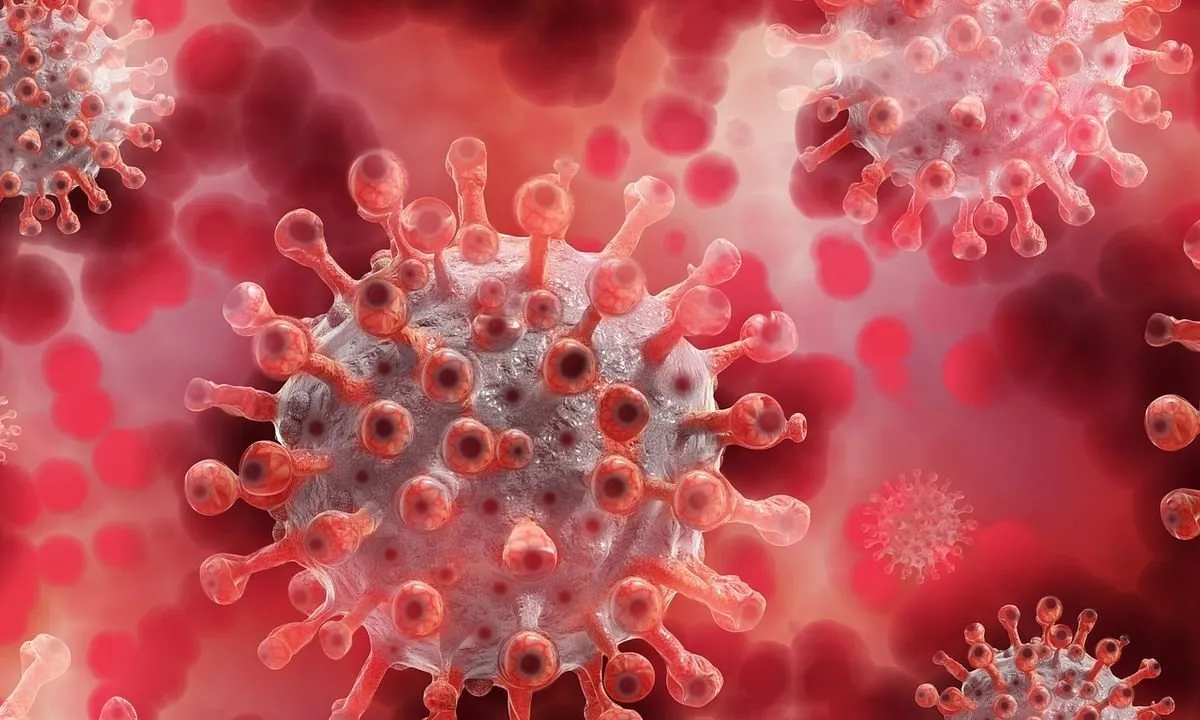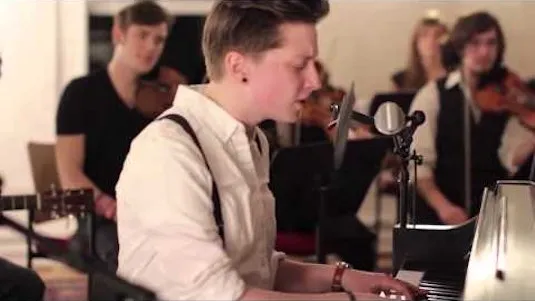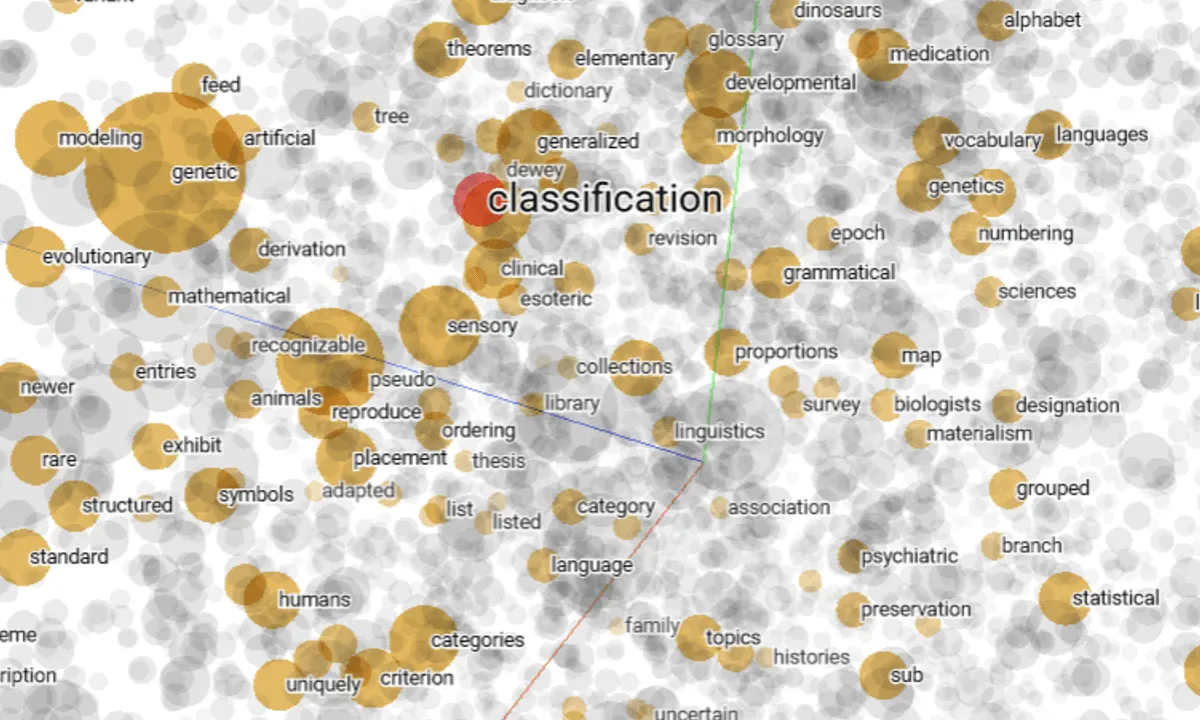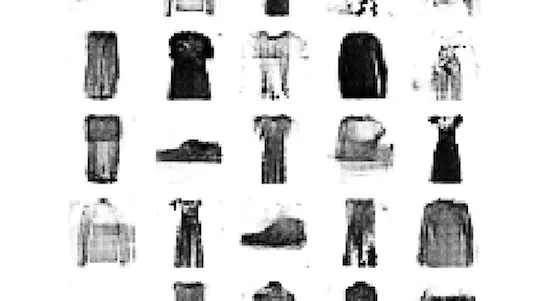
Classification of COVID19 using Chest X-ray Images in Keras 
This 1 hour long project-based course will teach you how to build and train a convolutional neural network in Keras with TensorFlow as backend from scratch to classify patients as infected with COVID or not using their chest x-ray images. You will learn to create an image classifier with Tensorflow by implementing a CNN to differentiate between chest x rays images with a COVID 19 infections versus without. By the end of this course, you will be able to make predictions on new data and perform data visualization. You should have a basic understanding of Python Programming language and Convolutional Neural Networks. Sign up now and learn to classify COVID19 using Chest X-ray Images in Keras! ▼
ADVERTISEMENT
Course Feature
![]() Cost:
Cost:
Paid
![]() Provider:
Provider:
Coursera
![]() Certificate:
Certificate:
Paid Certification
![]() Language:
Language:
English
![]() Start Date:
Start Date:
31st Jul, 2023
Course Overview
❗The content presented here is sourced directly from Coursera platform. For comprehensive course details, including enrollment information, simply click on the 'Go to class' link on our website.
Updated in [August 31st, 2023]
Skills and Knowledge:
-Python programming language
-Theoretical understanding of Convolutional Neural Networks
-Building and training a convolutional neural network in Keras with TensorFlow as backend
-Data visualization
-Making predictions on new data
-Using the Google Colab environment
Professional Growth:
This course contributes to professional growth by providing the following benefits:
1. Technical Skills: By completing this course, you will gain hands-on experience in building and training a convolutional neural network (CNN) using Keras with TensorFlow as a backend. This will enhance your technical skills in deep learning and image classification.
2. Practical Experience: Through the project-based approach, you will apply your knowledge to classify COVID-19 using chest X-ray images. This practical experience will strengthen your understanding of CNNs and their application in real-world scenarios.
3. Data Visualization: The course will teach you how to visualize data, which is an essential skill for effectively communicating insights and patterns in the dataset. This skill is valuable in various professional fields, including data analysis and machine learning.
4. Predictive Modeling: You will learn how to use the trained model to make predictions on new data. This skill is crucial in many industries, such as healthcare, where accurate predictions can aid in diagnosis and treatment decisions.
5. Collaboration and Communication: The course is conducted on the Google Colab environment, which promotes collaboration and sharing of code. This experience will improve your ability to work in a team and effectively communicate your ideas and findings.
6. Python Programming: The course assumes familiarity with the Python programming language. By completing the project, you will further strengthen your Python skills, which are highly sought after in the field of data science and machine learning.
Overall, this course equips you with practical skills, theoretical knowledge, and hands-on experience in building and training CNNs for image classification. These skills are valuable in various professional roles, including data scientists, machine learning engineers, and researchers in the healthcare industry.
Further Education:
This course is suitable for preparing for further education. It covers building and training a convolutional neural network in Keras with TensorFlow as a backend, which is a fundamental skill in the field of deep learning. Additionally, the course also covers data visualization and using the model to make predictions on new data, which are important skills for further education in the field. However, it is important to note that the dataset and model used in this project are for educational purposes only and cannot be used in real-life applications.
Course Provider

Provider Coursera's Stats at AZClass
Discussion and Reviews
0.0 (Based on 0 reviews)
Explore Similar Online Courses

Visionary leadership identity & motivation: Become a meaning maker

Introduction To Music Theory

Python for Informatics: Exploring Information

Social Network Analysis

Introduction to Systematic Review and Meta-Analysis

The Analytics Edge

DCO042 - Python For Informatics

Causal Diagrams: Draw Your Assumptions Before Your Conclusions

Whole genome sequencing of bacterial genomes - tools and applications

Convolutions for Text Classification with Keras

Understanding Deepfakes with Keras


Start your review of Classification of COVID19 using Chest X-ray Images in Keras